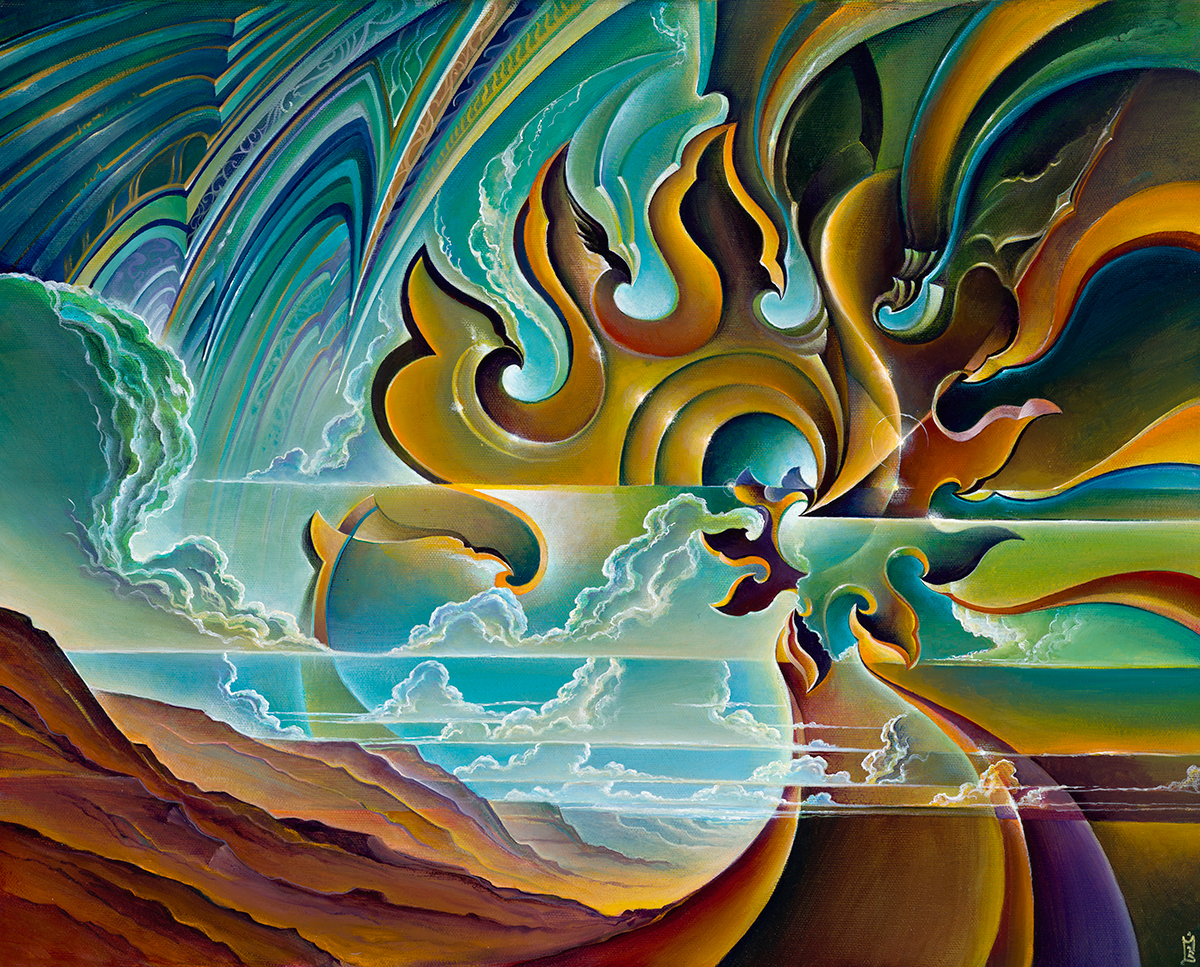
People forget how to “see” as they get older.
We develop very narrowly focused ways of seeing with lenses of dollar value, costs and exchanges, styles, judgements, things we like or don’t like, what matches and doesn’t match, and so on. Most of these ways of seeing tend towards a sort of value judgements for us to descipher the parts which are useful to us in this moment or as are possible worthy investment for the future.
As children we are seeing everything. We don’t understand anything. There’s no monetary value. We don’t know that you don’t pair polkadots with stripes. Nothing has a label, a name, a story, a solid place in some solid world. We are deciphering everything. Only as we get older do we develop a value based way of seeing.
Seeing outwardly is mirrored with seeing inwardly. Seeing the mind. What does that look like?
An example: when we walk into a room, each of us, in our own way, lets our eyes gravitate to a certain thing. We may be book people, or plant people, or rug people but one way or another – we start evaluating a certain element. Sometimes we fixate on a thing. But most often, much of the scene is forgotten in exchange for a few minor details.
Our minds are the same way. We could tell each other enormous details about our jobs or the things we are well read on: the way our cars work if that’s our thing or the secrets to doing a crossword puzzle, but to tell someone how you feel about something, or to describe what it is to be alive, or how a particular event shaped your life… sometimes we are hard-pressed to offer up an adequate explanation.
So here, today, we are going to work on seeing. We have before us a paper. It is a window. A window into the world. The paper is not a flat surface. It has depth. The depth only needs to be discovered and the doorways opened.
As we do this, uncovering doorways, clearing passages, trading the two dimensionality of the paper for a 3d vision so we do do this in our minds. This is the sense of discovery we sometimes lose as we grow older. So we are looking again. We are discovering again.
But where to begin?
The mind is like a tapestry made of many threads. But also, they are all one thread, because they all lead to the our own Truth. So choose any thread.
Today, let’s choose the very first feeling that comes to mind. It can be anything! Any feeling. Happy, Sad. Generous, Lustful. ANYTHING!
What color is it? What shape? Is it jagged and sharp or soft and supple?
This paper is you looking at a sudden visual image of your mind. THERE IT IS! A snapshot. It’s all happening. RIght there on the paper.
Now, around that word, that emotion you’ve chosen, there are events. There are things which you equate to it. Can you draw them out without getting particularly caught up in the rendering? Explore them without getting trapped by the need to make it look like something?
This is another part of ourselves that escapes us as we grow older. When we are young we are so pleased with our purple sky, our tree that looks like a fuzzy q-tip and the cow which floats above the hacksaw grass. Then some adult comes along and says: the sky is blue not purple, that doesn’t look like a tree, and did you actually look at a picture of a cow for that? because cows do not have five legs.
We go away, disheartened, and start to look at our drawings as if they need to be recreations of reality, not visual representations of our own mental space. This is where the Impressionists and Abstractionists from the early nineteen hundreds had a eureka. They revolted against the art of painting reality as it was seen and transformed art into painting reality as it was experienced.
So we want to paint it as we experience it. We want to feel it and be it and breathe it. We want to capture an amorphous thread of a sensation as it moves through time and space and ride it and see what it looks like. This is the practice we return to every day and the more we say ‘what am I seeing?’ the better we get at it, weeding through our projections and stories, allowing the objects and people that become placeholders in our lives to be as they are rather than as we think they are and building world on that foundation.